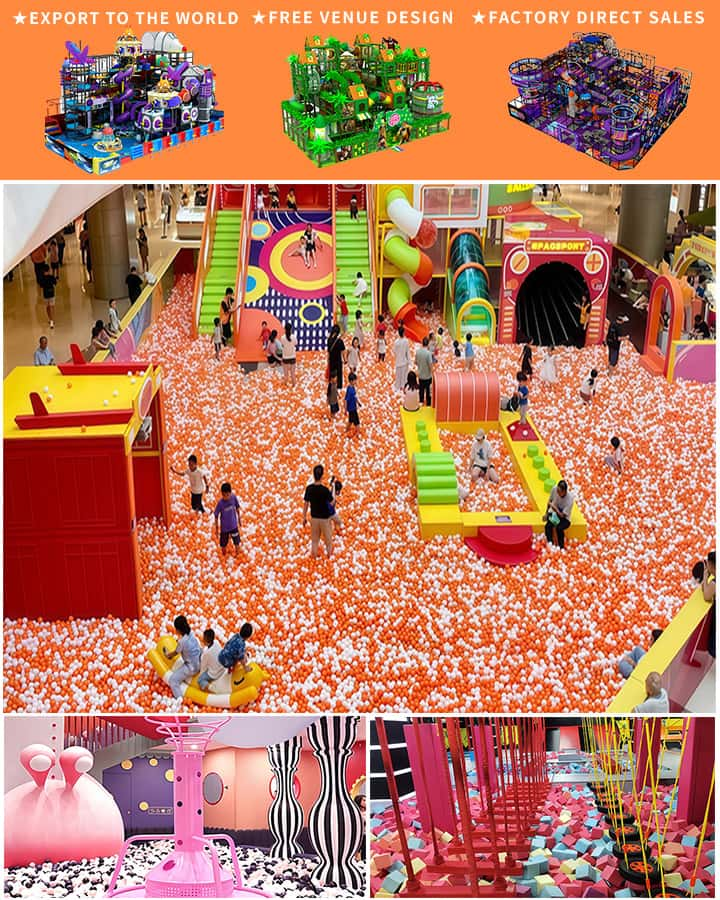Inclusive playgrounds are designed to provide a safe and enjoyable environment for all children, regardless of their physical, intellectual, or sensory abilities. Such playgrounds aim to foster an inclusive community where every child can play together and have fun while developing essential social skills. Here are some examples of inclusive playground equipment that make this vision possible:
1. Wheelchair-Accessible Swings
Traditional swings often present challenges for children in wheelchairs. Wheelchair-accessible swings are specifically designed with a larger platform that accommodates both regular seating and wheelchairs, ensuring that all children can experience the joy of swinging. These swings typically feature safety harnesses to secure children who may not be able to sit up unaided.
2. Transfer Stations
Transfer stations allow children using wheelchairs to move from their chairs to other pieces of playground equipment safely. These platforms facilitate the easy transfer between different elements like swings, slides, and climbing structures. They are often equipped with railings and non-slip surfaces to ensure maximum safety.
3. Sensory Play Equipment
 Children with sensory processing disorders can benefit greatly from sensory play equipment. This type of equipment includes items like sensory panels with various textures, musical instruments, and interactive elements that stimulate touch, sound, and sight. These features help children who may be oversensitive or undersensitive to their environments find ways to engage comfortably.
Children with sensory processing disorders can benefit greatly from sensory play equipment. This type of equipment includes items like sensory panels with various textures, musical instruments, and interactive elements that stimulate touch, sound, and sight. These features help children who may be oversensitive or undersensitive to their environments find ways to engage comfortably.
4. Ramps and Gently Inclined Paths
Standard playgrounds often feature stairs and steep inclines, which can be inaccessible for children with mobility issues or those who use assistive devices. Ramps and gently inclined paths provide a safer and more manageable way for these children to access play areas. Rubberized surfaces are commonly used to offer good traction and cushion falls.
5. Adaptive Climbing Walls
Climbing is an important part of any playground, but traditional climbing structures may exclude children with certain disabilities. Adaptive climbing walls come with handholds and footrests at varying heights and distances to accommodate children of all abilities. Some even have tactile markers to guide visually impaired children.
6. Spinning and Rotating Equipment
Carousel-like structures that spin or rotate are popular among many children. Inclusive versions of these rides ensure they are wide enough to include wheelchair users and have safety bars or belts to keep everyone secure during the ride. These elements encourage social interaction and cooperative play.
7. Musical Instruments and Interactive Features
Incorporating accessible musical instruments into a playground can enhance sensory experiences and social interactions. Xylophones, drums, and chimes mounted at varying heights allow children of different sizes and abilities to participate in creating music together. These activities can be particularly beneficial for children with autism or other developmental conditions.
8. Customizable Play Structures
Modular play structures can be customized to meet the needs of various age groups and abilities. These versatile setups can include elements such as slides, ladders, balance beams, and tunnels that can be rearranged to create new challenges and experiences. Customizable structures ensure that all children can find something enjoyable and stimulating.
Conclusion
Creating an inclusive playground involves thoughtful consideration of diverse needs and abilities. By incorporating equipment like wheelchair-accessible swings, transfer stations, sensory play equipment, ramps, adaptive climbing walls, spinning rides, musical instruments, and customizable structures, we can ensure that every child has the opportunity to play, learn, and grow together. Investing in inclusive playground equipment not only enriches the lives of children with disabilities but also promotes empathy, cooperation, and understanding among all children.




